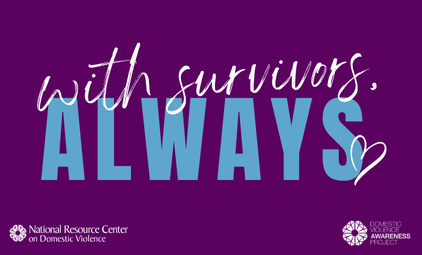"Risky behavior draws attention. As a result, people tend to assume that everyone else is doing it more than they really are.
But, over the last two decades, research on college campuses has shown that giving students the real facts about their peers reduces unsafe drinking. This approach is called positive social norms. It works because of a basic truth of human nature: People want to do what others are doing.
Now, that research is starting to be applied to a novel area: preventing sexual assault and harassment. From an unwanted comment on the street to groping in the hallways at school, surveys suggest more than half of young women and almost half of young men have experienced sexual harassment before age 18.
And about 8 percent of girls experience rape or attempted rape by this young age.
Since the #MeToo movement, six states have introduced or passed bills to require the teaching of consent in their sex ed classes in K-12. But there's not yet much research on what kind of education actually works to shift teens' attitudes and actions.
Sandra Malone directs prevention and training at Day One, a nonprofit in Providence, R.I., which offers both education and rape crisis services. Her program has been among the first to try to move teens to seek consent and build healthier sexual relationships by harnessing an unlikely force: peer pressure.
She says she can remember from her own teenage years: 'Their peers are so important to them. Those are powerful years where you don't want to make yourself vulnerable and stand out.'
In its workshops at high schools, Day One uses a version of the positive social norms approach adapted from alcohol education programs.
'Peers are very, very influential, and people of any age who want to fit in will try and behave according to what they perceive as the group norm,' explains Alan Berkowitz, a psychologist and expert on preventing sexual assault. But when you're talking about transgressive behavior, like underage drinking, drug use or nonconsensual sexual behavior, there's often a 'misperception of the norm.'
Social norms approaches start by surveying a population to get accurate information, which is then used to correct that misperception. 'One of the most effective and powerful ways of encouraging young people to make healthy decisions is to know the truth about their friends,' Berkowitz explains. 'Because in fact most of their friends are healthy.'"















